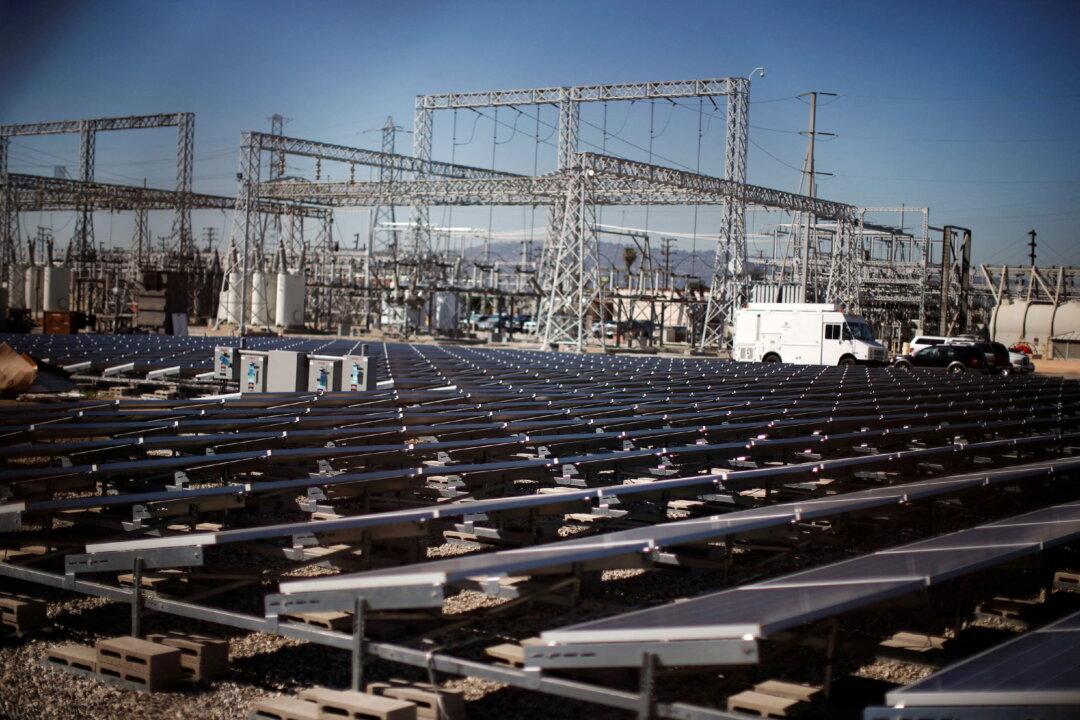Commentary
Gov. Gavin Newsom raised his estimate of the state’s budget deficit from $38 billion in his January budget proposal to $44.9 billion in his May Revision released May 10. The plan would spend $187 billion from the general fund for fiscal year 2024–25, which begins on July 1. The California Constitution mandates the budget must be passed by lawmakers by June 15.





